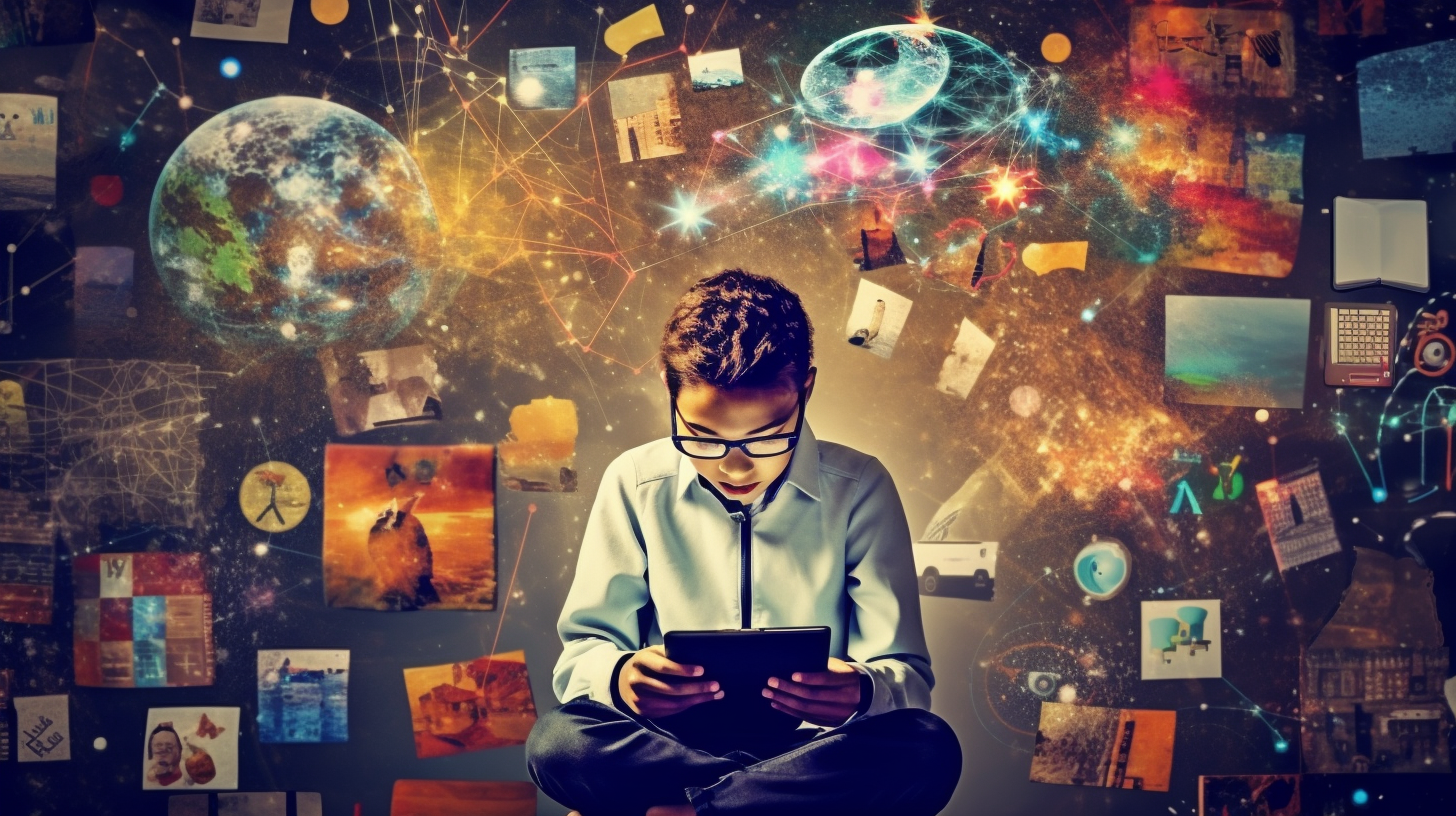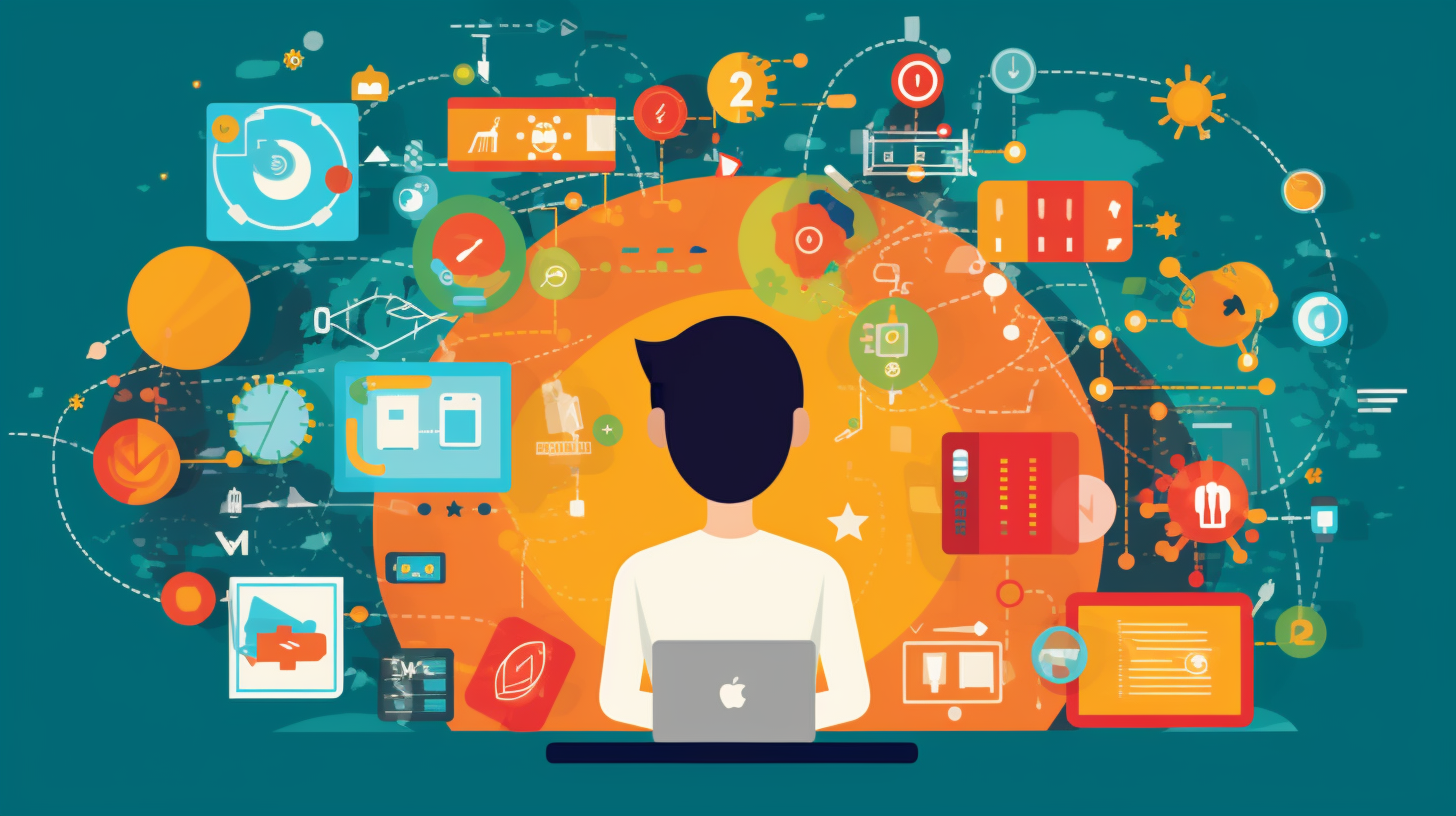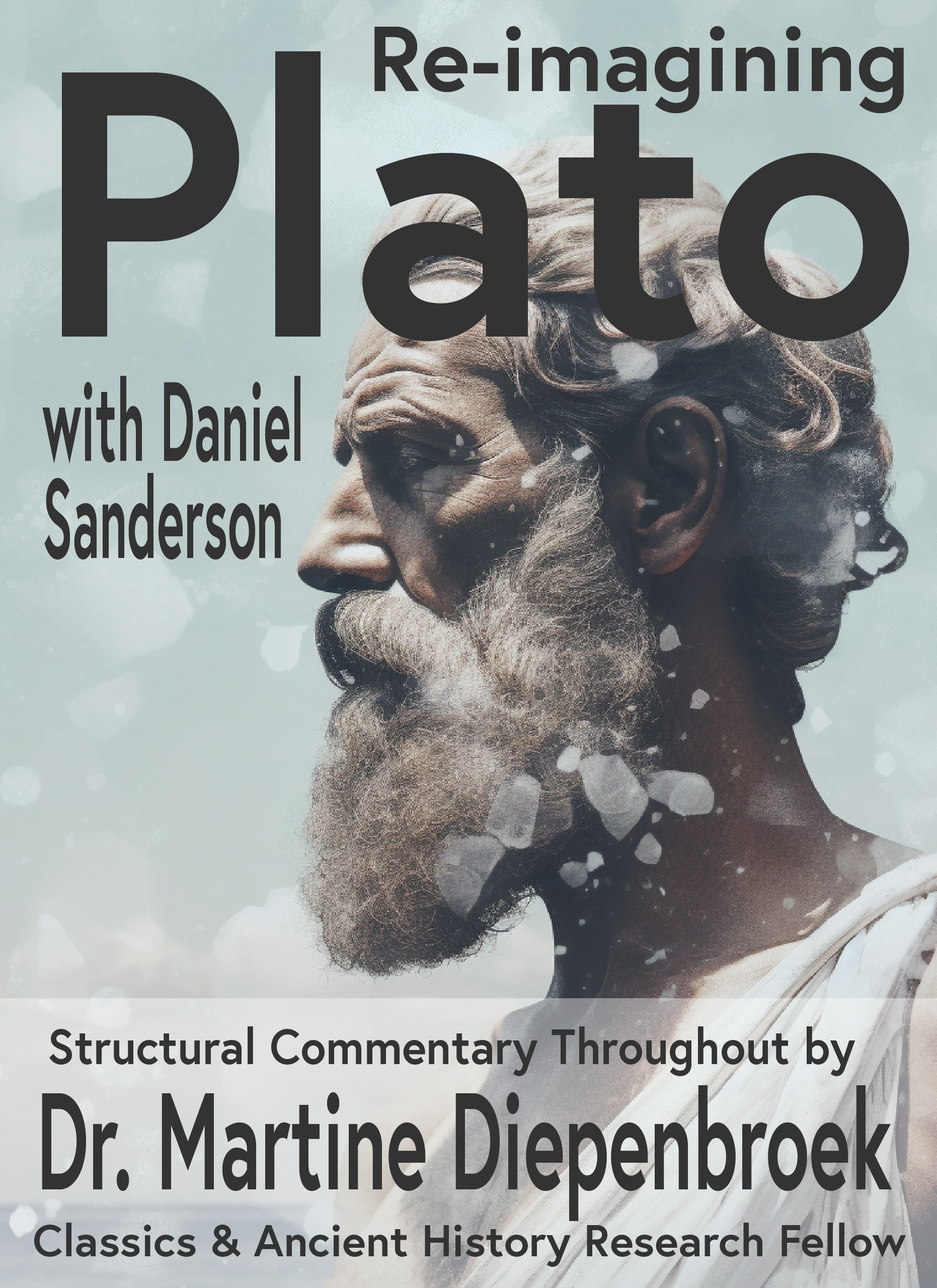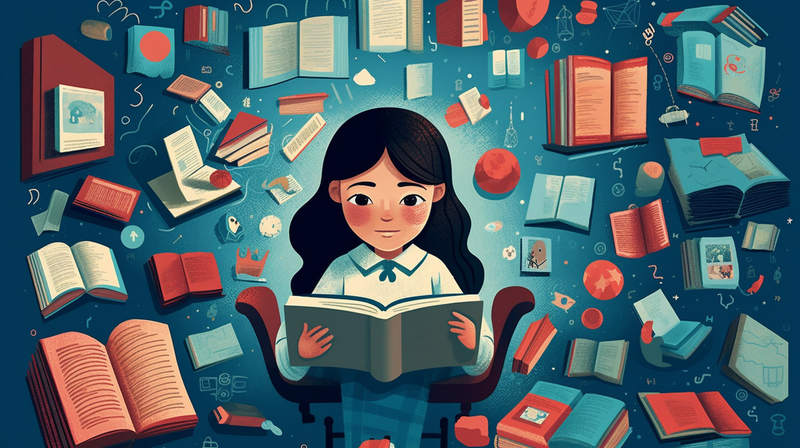Reinventing Education: Integrating Technology for Personalized Learning
In the grand theatre of education, where the actors, props, and scripts may change, the perennial promise of reinventing the system remains a constant. Today, we witness the seductive allure of integrating technology into education, enticing us with the tantalizing prospect of personalized learning. Advocates passionately argue that technology will revolutionize education, tailoring instruction to each student's unique needs and abilities. However, before succumbing to the enchantment of this digital revolution, we must critically examine the underlying assumptions and interrogate the feasibility of such claims.

The Seductive Appeal of Personalized Learning:
Personalized learning, as a concept, evokes the romantic image of a Socratic dialogue, where a wise tutor tailors their instruction to the individual student. It taps into our innate desire for individuality and recognition, promising to create an educational utopia wherein every learner can flourish at their own pace and style. Yet, as we shall soon discover, the intoxicating allure of this vision obscures the practical realities and potential pitfalls that lie ahead.
The Technological Mirage:
The integration of technology in education is not a novel endeavour. Throughout history, each generation has heralded the arrival of new tools as the panacea for the inherent challenges of the educational enterprise. Yet, from the printing press to the blackboard, radio to television, and now from tablets to virtual reality, the promises of technological salvation persist, forever eluding our grasp.
While technology undoubtedly offers valuable tools for facilitating learning, we must be cautious not to mistake the means for the end. Technology is, at best, an enabler, not a substitute for the human intellect. It can provide access to information, enhance efficiency, and enable certain types of engagement, but it cannot replace the nuanced interaction between a knowledgeable teacher and an interested student.

Historical Lessons and Parallels:
History offers valuable lessons that should temper our enthusiasm for integrating technology into education. Consider the example of the Industrial Revolution, which radically changed society and the workforce. The introduction of machines and automation led to fears of widespread unemployment and the loss of skilled craftsmanship. Similarly, the uncritical adoption of technology in education risks devaluing the expertise of educators and transforming them into mere facilitators of pre-packaged content.
Furthermore, the rush to embrace technology risks exacerbating existing societal inequities. Access to technology and digital resources is unevenly distributed, creating a digital divide that deepens educational disparities. By placing undue emphasis on digital tools, we risk marginalizing those lacking access to them, perpetuating a two-tiered educational system favouring the privileged and neglecting the marginalized.
The Myth of Personalization:
The idea of personalized learning rests on the assumption that every learner can be neatly categorized into distinct profiles and that technology can seamlessly tailor instruction to meet each individual's needs. Unfortunately, this reductionist view of human cognition disregards learners' inherent complexity and diversity, treating education as a one-size-fits-all algorithmic process.
Moreover, personalization risks reinforcing confirmation bias and limiting intellectual growth. When learners are exposed only to information that aligns with their existing beliefs and preferences, the opportunity for intellectual challenge and cognitive development is curtailed. Education should be a transformative experience that broadens horizons, challenges assumptions and encourages critical thinking. Personalization, if taken to the extreme, may unwittingly cocoon learners within their echo chambers, hindering the development of a well-rounded and adaptable mind.
The Role of Teachers and Human Interaction:
In the enthusiasm to embrace technology, the indispensable role of teachers is often overlooked. Yet, the relationship between skilled teachers and their students is transactional and transformative. It is a dynamic interplay of ideas, emotions, and experiences that algorithms or virtual avatars cannot replicate. The teacher-student bond is an essential ingredient in the alchemy of education, fostering intellectual curiosity, empathy, and the development of crucial social skills.
It is crucial to recognize that technology can never fully replace the intuitive discernment, emotional intelligence, and empathetic understanding a human teacher brings to the educational equation. The complexities of human cognition and the nuances of interpersonal relationships demand a level of expertise that algorithms and machines cannot replicate.

Conclusion:
As we navigate the treacherous waters of educational reform, technology integration must be approached with cautious skepticism. The siren song of personalized learning, while beguiling, risks leading us astray. We must resist the temptation to surrender the noble pursuit of education to the dictates of technology, recognizing that true reinvention lies not in adopting shiny gadgets but in nurturing the inherent human capacity for knowledge, empathy, and critical thinking.
Let us not be swayed by the fickle winds of technological fervour but remain steadfast in our commitment to preserving the essence of education—the human connection that fuels intellectual growth and fosters the development of engaged, thoughtful citizens. Only by embracing this fundamental truth can we safeguard the integrity of education and avoid the pitfalls of an imaginary revolution that promises personalization but delivers only a hollow shell of authentic learning.

Plato Re-Imagined
This course includes 32 lectures covering most of Plato's dialogues and allowing the student to return to something divine. Divinity should resonate with secular and religious leaders alike. I present a compatible approach in my lecture on Consilience.
Also included with this course is a free book. If you pay for the course, you will get a physical copy of the book for free, mailed to your chosen address — anywhere on the planet!






